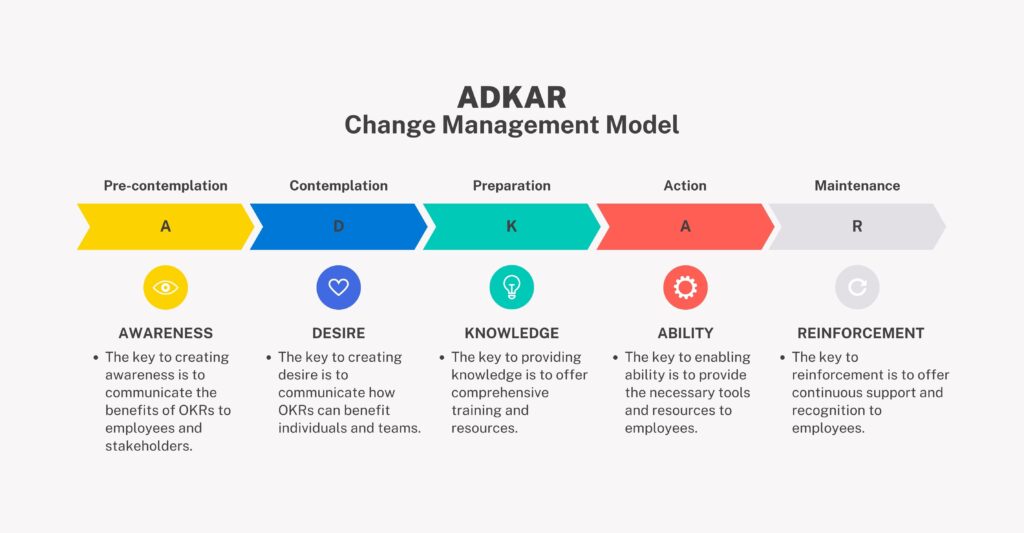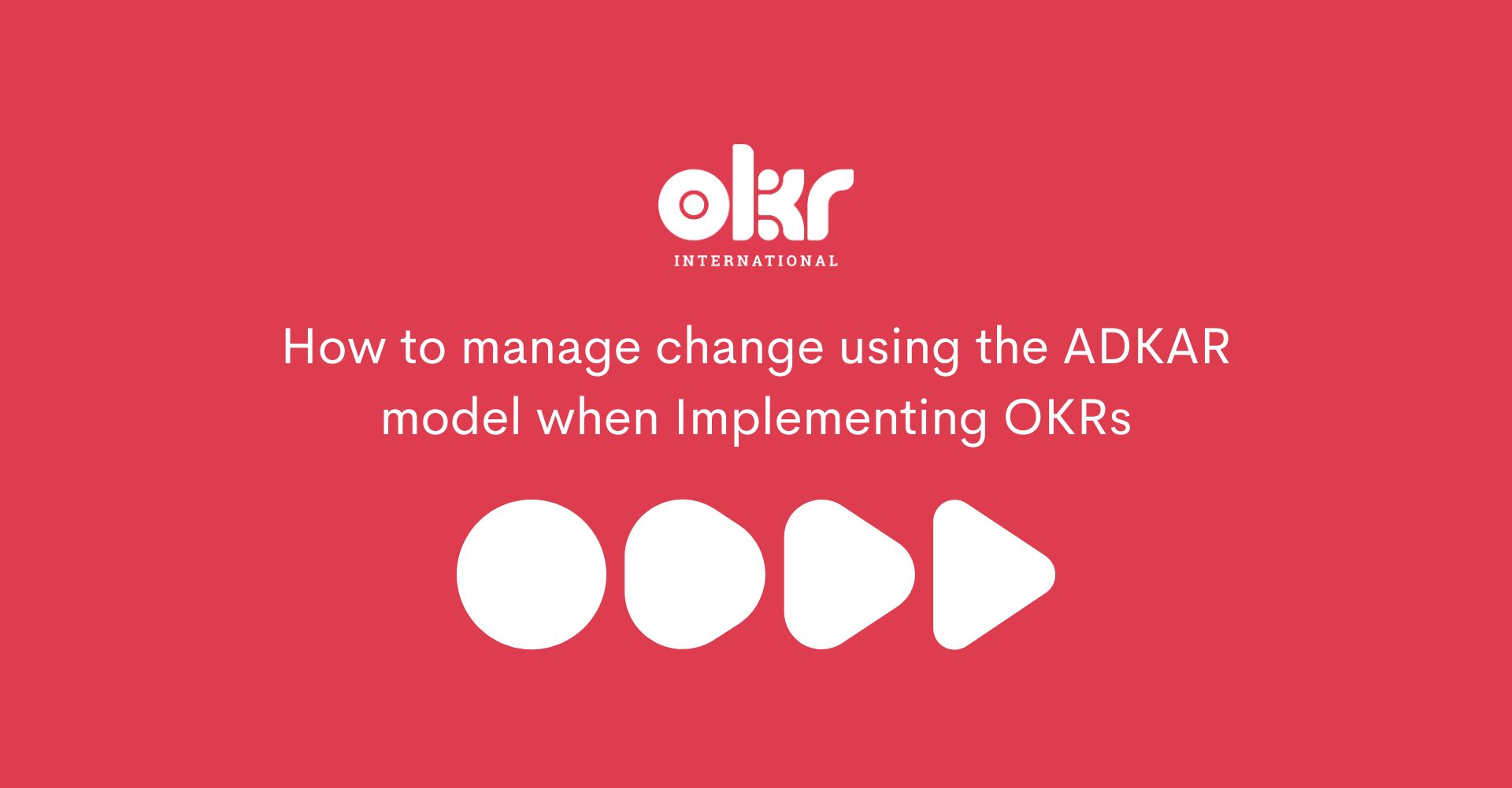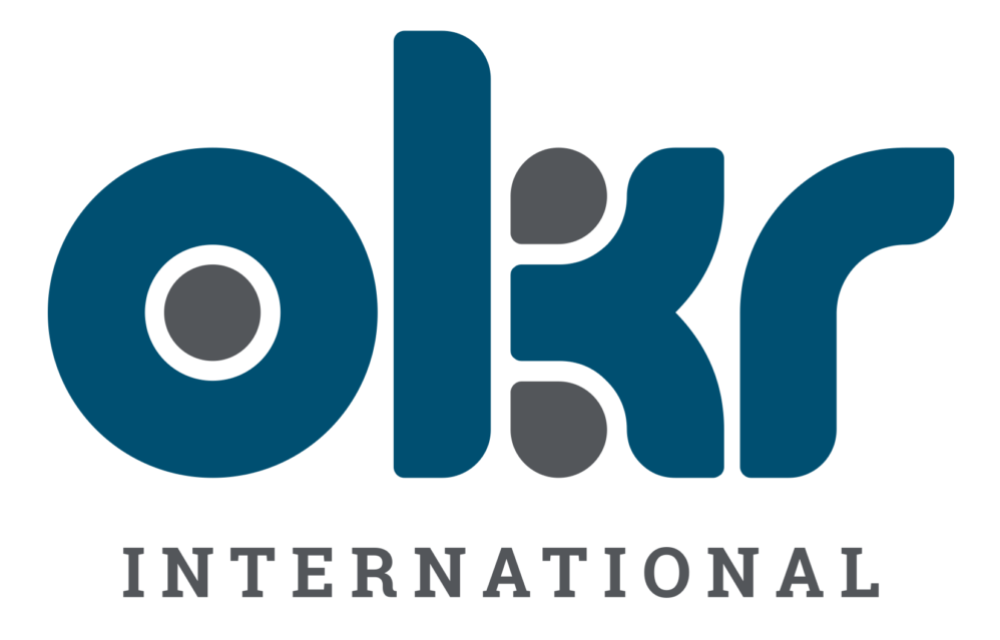Introduction
The OKR framework (Objectives and Key Results) has become one of the most effective methods for driving alignment, focus, and performance in organizations. Yet, implementing OKRs is more than adopting a new goal-setting tool. It is a cultural and organizational change process that requires clarity, leadership, and structured change management.
One proven method for managing this transformation is the ADKAR model of change management. By aligning the principles of ADKAR with OKRs, leaders can ensure smoother adoption, stronger buy-in, and sustainable performance results.
Why Change Management Matters in OKR Implementation
OKRs are not just a reporting mechanism. They represent a mindset shift in how teams set goals, measure outcomes, and learn from failures. Software alone cannot drive this shift. Success depends on communication, reinforcement, and leadership commitment.
Moreover, OKRs must be adapted to each organization’s culture, strategy, and local context. This is where change management frameworks like ADKAR play a critical role. They ensure that OKRs are understood, embraced, and embedded across all levels of the business.
What Is the ADKAR Model?
The ADKAR model, developed by Jeff Hiatt at Prosci, is a five-step change management framework. It focuses on guiding individuals through change so that organizational transformation becomes possible. The acronym stands for:
- Awareness – Understanding the need for change
- Desire – Building motivation to support the change
- Knowledge – Equipping people with the right skills
- Ability – Enabling them to apply these skills effectively
- Reinforcement – Sustaining the change over time
When combined with the OKR methodology, ADKAR creates a powerful blueprint for organizational transformation.
Implementing OKRs with the ADKAR Model

Implementing OKRs with the ADKAR Model
1. Awareness: Explaining Why Change Is Needed
Awareness begins with communicating the purpose of OKRs. Leaders must explain why alignment is critical, how OKRs solve misalignment, and what benefits employees can expect.
Example: TechFinity Case
TechFinity, a global tech company, faced silos and poor cross-functional collaboration. The CEO launched a town hall, explaining how implementing OKRs would create alignment and focus. Internal campaigns, FAQs, and Q&A sessions reinforced awareness across the organization.
2. Desire: Creating Motivation for OKRs
Awareness alone is not enough. Employees must see what’s in it for them. Desire is built by showing how OKRs support career growth, innovation, and personal success.
Example: TechFinity Case
The CEO tied OKRs to professional growth, encouraging risk-taking and clarity in roles. An OKR Champions program was launched to mentor peers, spreading motivation and creating positive energy around OKR adoption.
3. Knowledge: Training on the OKR Framework
Knowledge equips employees with the skills to write and manage OKRs. Without training, employees risk writing vague objectives or confusing OKRs with KPIs.
Best Practices:
- Host OKR workshops and coaching sessions
- Provide guides, templates, and e-learning modules
- Create an OKR knowledge hub with FAQs and best practices
At TechFinity, leaders invested in external coaches and built a digital resource hub, ensuring everyone had easy access to knowledge.
4. Ability: Turning Knowledge into Action
Ability is about enabling employees to apply OKRs in daily work. This stage requires practical tools, dashboards, and continuous support.
TechFinity Example:
- Rolled out an OKR software platform for real-time tracking
- Conducted software training sessions and demos
- Created templates and dashboards for team reviews
- Leveraged OKR Champions as on-ground mentors
This made OKRs actionable, not just theoretical.
5. Reinforcement: Embedding OKRs into Culture
Sustainable change requires reinforcement. Leaders must recognize achievements, reward progress, and integrate OKRs into performance reviews.
Reinforcement strategies include:
- Recognition programs for OKR achievers
- Regular OKR review meetings for reflection and feedback
- Embedding OKRs into performance management systems
- Continuous leadership communication
At TechFinity, celebrating wins and linking OKRs to appraisals ensured the framework became part of their culture.
Why the ADKAR + OKR Combination Works
The ADKAR model acknowledges that change is non-linear. Employees may move back and forth between stages. For example, someone with the ability to set OKRs might lose desire after a failed quarter. Continuous reinforcement re-anchors them in the process.
By combining ADKAR with OKRs:
- Leaders build awareness of why alignment matters
- Teams develop a genuine desire to adopt new ways of working
- Training provides the knowledge to design effective OKRs
- Tools enable the ability to execute
- Recognition drives reinforcement and culture adoption
This integration transforms OKRs from a tool into a sustainable performance culture.
Conclusion
Implementing OKRs without structured change management often leads to resistance, misalignment, and failed adoption. The ADKAR model provides the missing link, helping organizations move from awareness to reinforcement systematically.
When executed well, OKRs become more than a framework. They become a shared mindset that drives clarity, focus, innovation, and growth.
If your organization is preparing to implement OKRs, combine the ADKAR change management approach with strong leadership and clear communication. This ensures OKRs are not just introduced but embedded into your culture for long-term success.
The Gold Standard in Agile Performance Management
Future workplaces need to thrive in a rapidly changing environment. An agile performance management system provides an organisation with the wireframe to prosper in a marketplace riddled with volatility, uncertainty, complexity and ambiguity.
- Integrate OKRs & Performance Management System
- Bridge the gap between strategy & execution
- Go beyond the traditional bell curve
- Increase employee engagement & productivity




